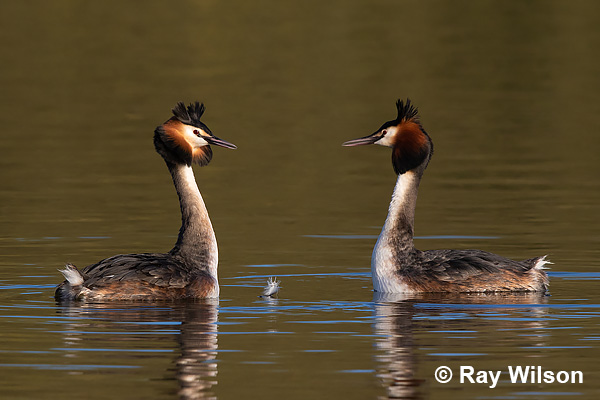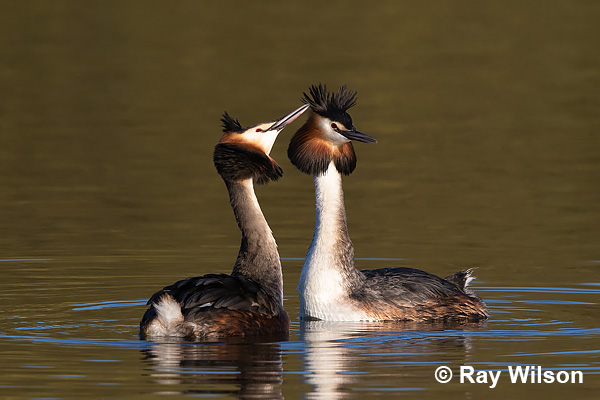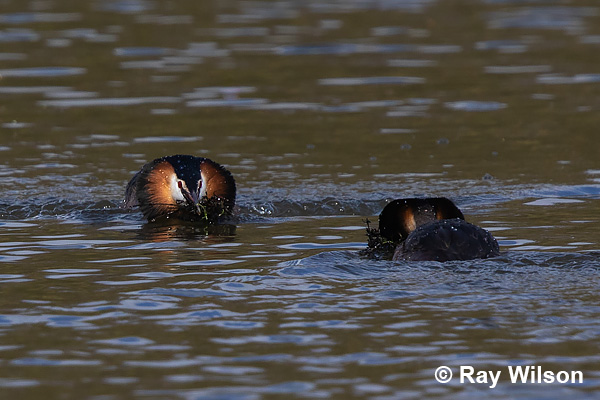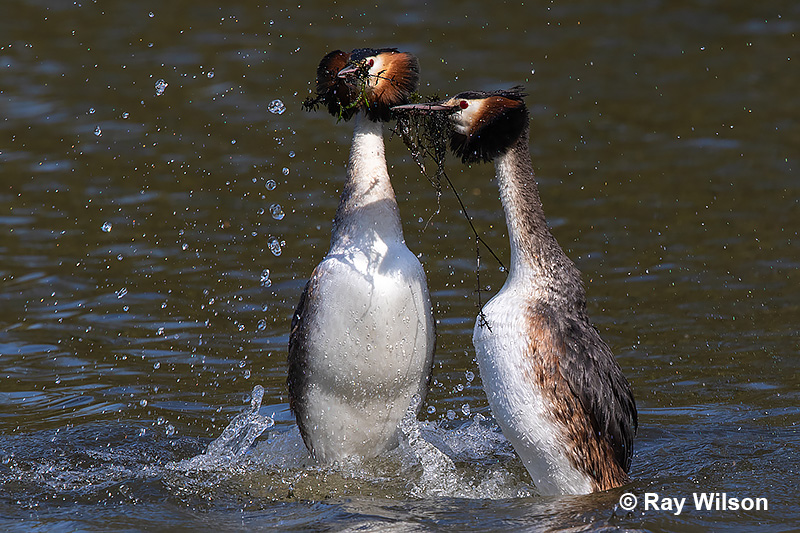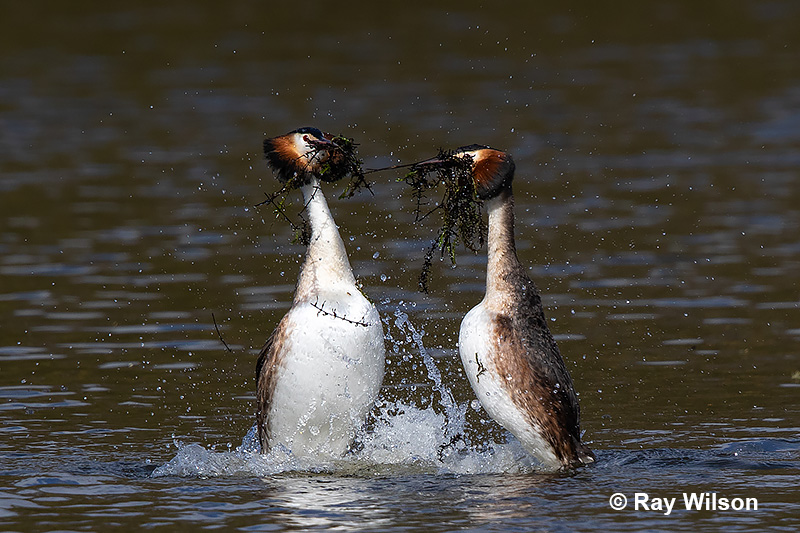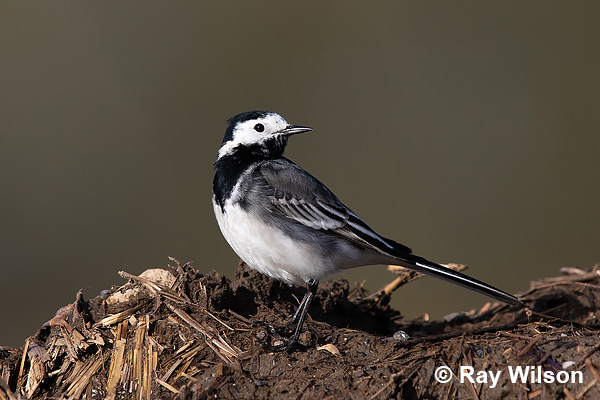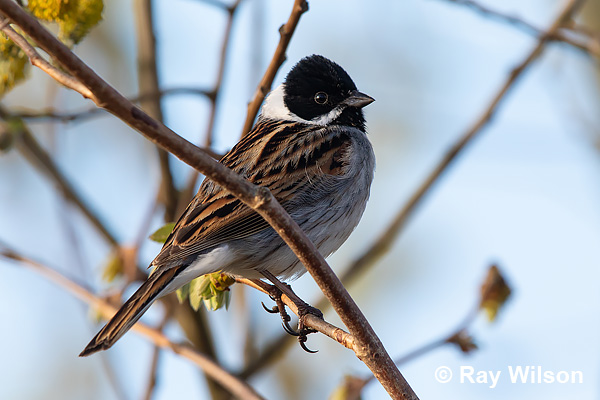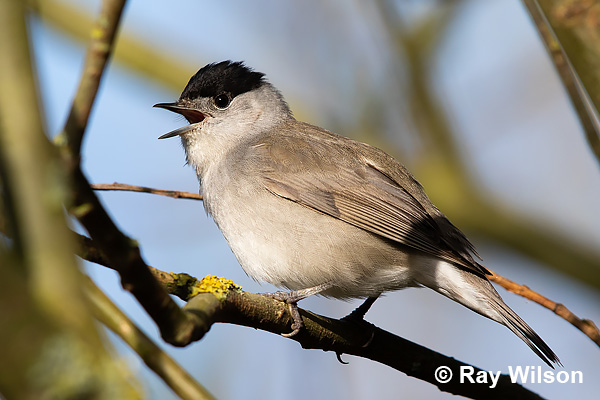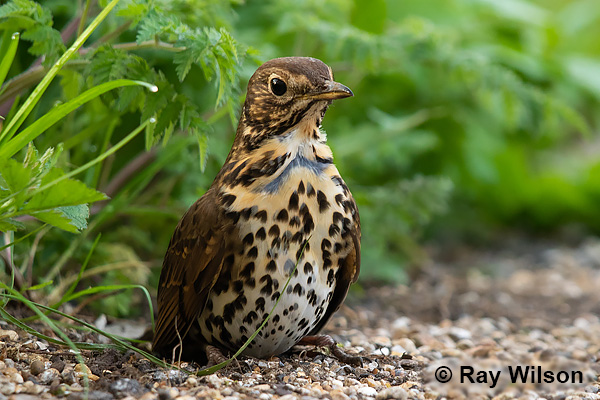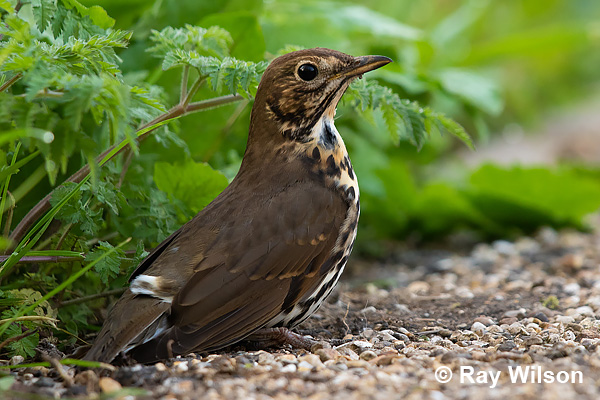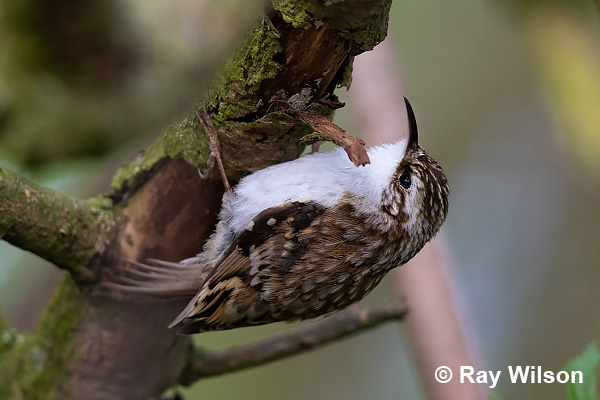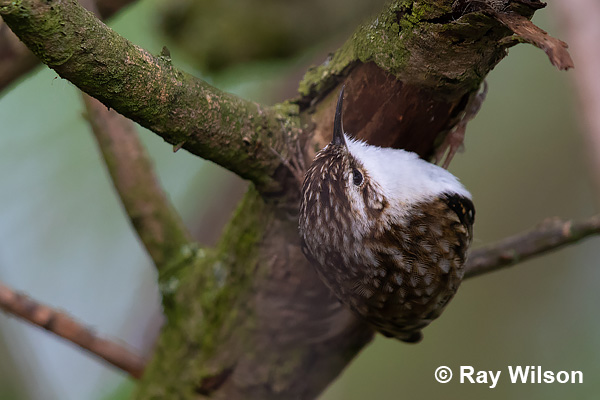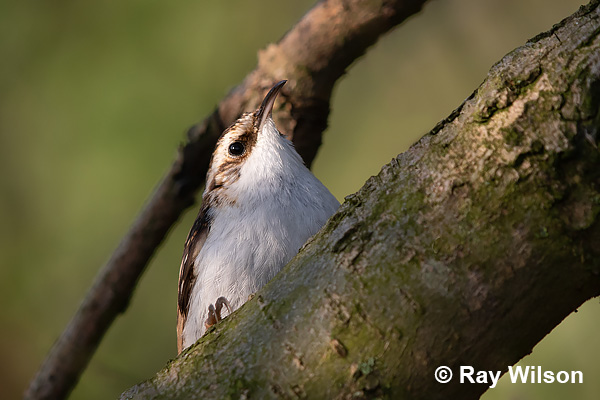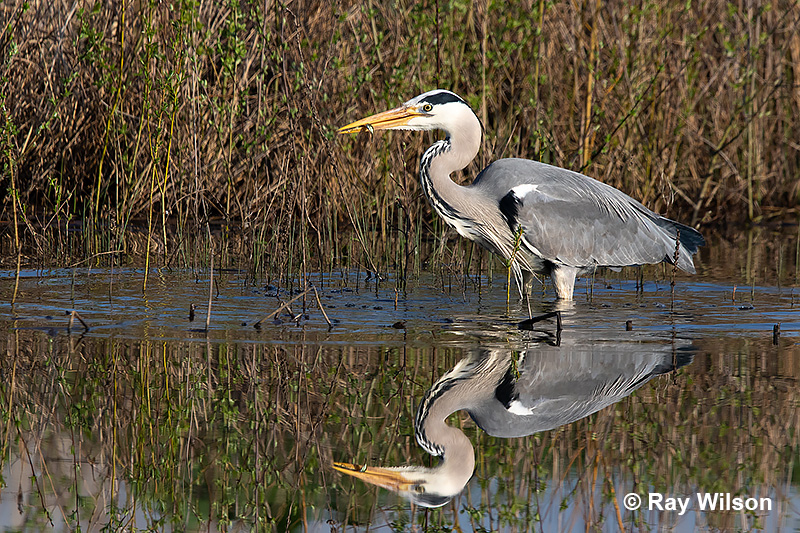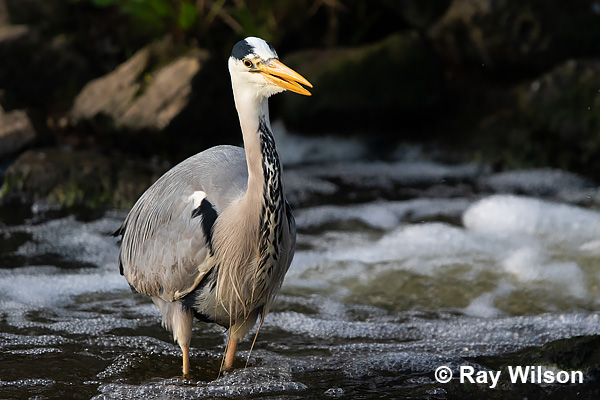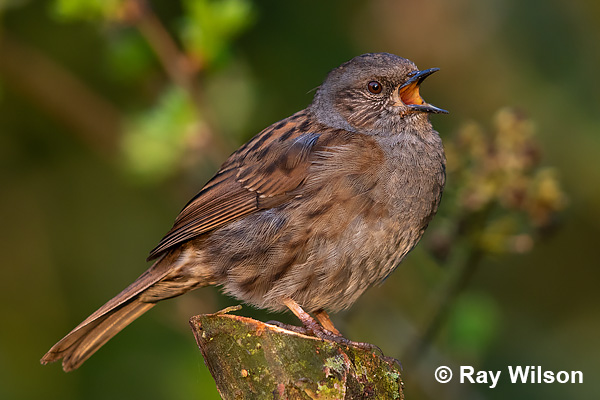
- Home
- Photography Tours
- Diary / Blog
- Galleries
- Foreign Trips
- Tasmania 2016
- NE Queensland 2016
- Western Alps 2016
- NE Spain 2016
- Australia's Wet Tropics 2015
- Australia's Top End 2015
- SW Australia 2015
- Switzerland 2015
- Andalucia 2015
- Belize 2015
- Australia 2014
- Switzerland 2014
- Belize 2014
- Bahama Islands 2014
- Switzerland 2013
- Ecuador 2012-2013
- Florida 2011-2012
- Vancouver Island 2011
- Australia 2010
- Peru 2008
- Bulgaria 2007
- Lesvos 2006
- California 2006
- New Zealand 2005
- Extremadura 2005
- Goa, India 2004
- The Gambia 2003
- About
April 2018
Nottinghamshire
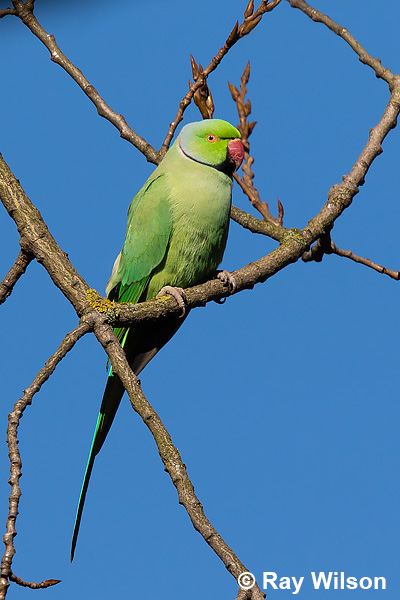 |
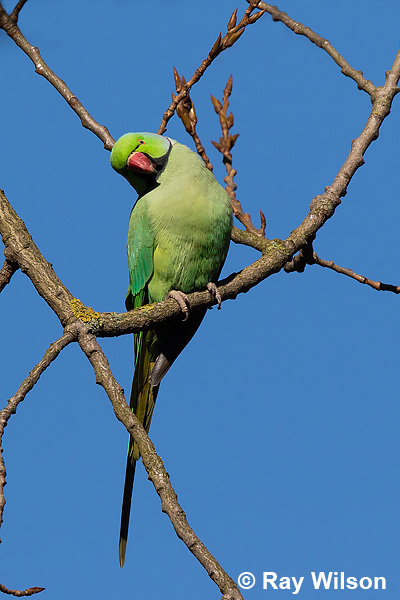 |
Rose-ringed Parakeet (Psittacula krameri)
A small flock of Rose-ringed Parakeets appear to be attempting to establish a colony in Nottingham. Rose-ringed Parakeets were originally introduced to Britain via the pet trade and established viable naturalised colonies in London area during the 1970's. By 2012 it was estimated that there were around 35,000 Rose-ringed Parakeets in Britain, still mostly in the London area but it had also established colonies in Milton-Keynes, Manchester, Sheffield, Liverpool and the Edinburgh-Dundee area. The expansion in range has continued over the last 5 years and it now looks like Nottingham may be the next city to be invaded.
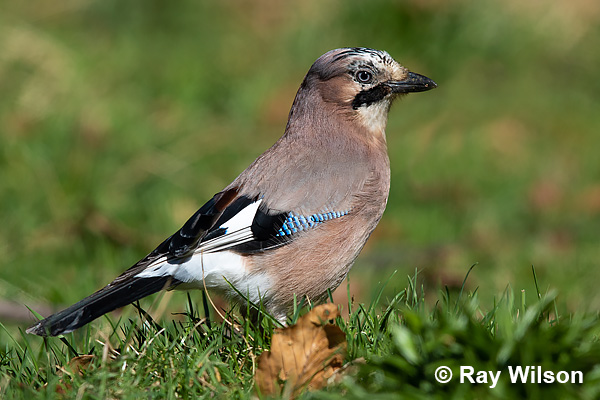
Eurasian Jay (Garrulus glandarius)
I was priviliged to have a Jay come and land right in front of me one morning. Jays are usually quite wary and timid but this one couldn't have care less and spent about 15 minutes feeding among the leaf litter less than 10m away from me.
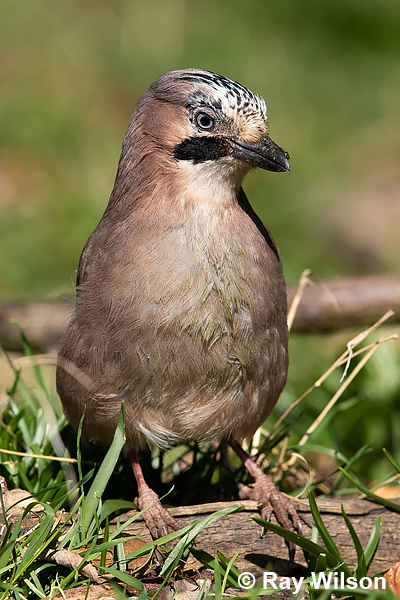 |
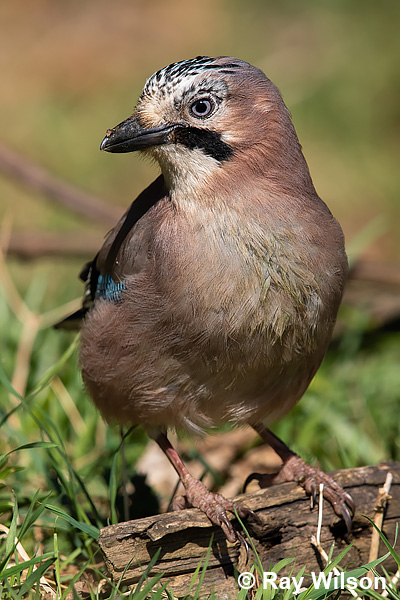 |
Eurasian Jay (Garrulus glandarius)
Great Crested Grebe (Podiceps cristatus)
The courtship display of Great Crested Grebes starts with the pair facing each other with their crests and ear-tufts fully erected. A few minutes of ritualised head movements follow...
Great Crested Grebe (Podiceps cristatus)
...before both birds dive to the bottom of the lake to gather a garland of weeds. After they both resurface, they swim quickly towards each other with their heads at water level.
Great Crested Grebe (Podiceps cristatus)
When they reach each other they rise completely out of the water and dance on the water surface chest to chest, shaking their beakfuls of weed in each other's face.
Great Crested Grebe (Podiceps cristatus)
Great Crested Grebe (Podiceps cristatus)
Pied Wagtail (Motacilla alba yarrellii)
male Reed Bunting (Emberiza schoeniclus)
The Blackcaps returned after their winter absence and by the middle of the month large numbers of males were busy staking out their territories and trying to attract a mate.
male Blackcap (Sylvia atricapilla)
Song Thrush (Turdus philomelos)
This Song Thrush was "passively anting" at the side of a path after disturbing a Lasius niger (Black Garden Ant) nest. It is widely thought that the reason for this behaviour is to induce the angry ants to release the contents of their poison sacs (in this case comprising of formic acid and a cocktail of a few other defensive chemicals) to help control parasites such as ticks and mites although hard scientific evidence that this is the case is very limited.
Song Thrush (Turdus philomelos)
Eurasian Treecreeper (Certhia familiaris)
Treecreepers are not the easiest of birds to photograph. Their habit of climbing tree trunks and major branches while searching bark crevices for invertebrates often means there are a lot of smaller branches often prevents a clear shot. They also usually move very quickly, making tracking them difficult and it always seems like they duck behind the branch or to the opposite side of the tree trunk just as I'm about to press the shutter...
Eurasian Treecreeper (Certhia familiaris)
I was much more successful with them than usual this month, mostly down to finding a pair that had set up a territory where they spent most of their time foraging in the numerous lower branches of an old Goat Willow tree. Since they were less mobile and confining their foraging to a couple of trees, it was just a case of patiently waiting to capture them in any opportune moment when there were no other branches in the way.
Eurasian Treecreeper (Certhia familiaris)
A couple of beautifully calm, sunny mornings in the middle of the month provided some opportunities to photograph mirror-like reflections of a Grey Heron as it fished at the edge of a reedbed...
Grey Heron (Ardea cinerea)
Grey Heron (Ardea cinerea)
Dunnock (Prunella modularis)
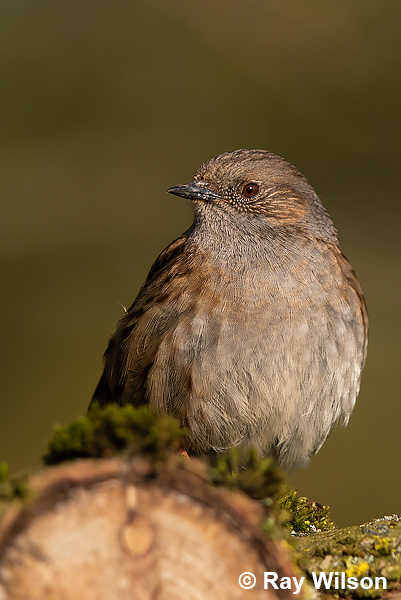 Dunnock (Prunella modularis) |
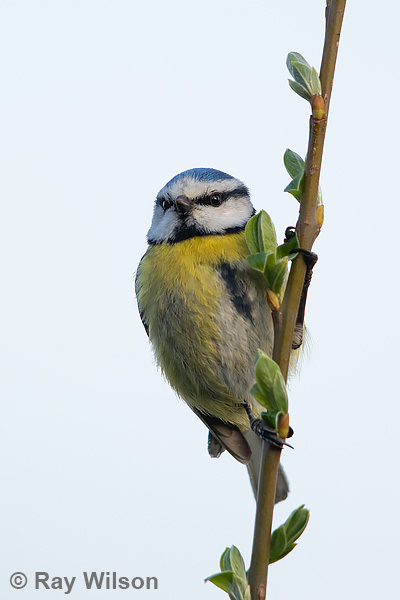
Blue Tit (Cyanistes caeruleus) |
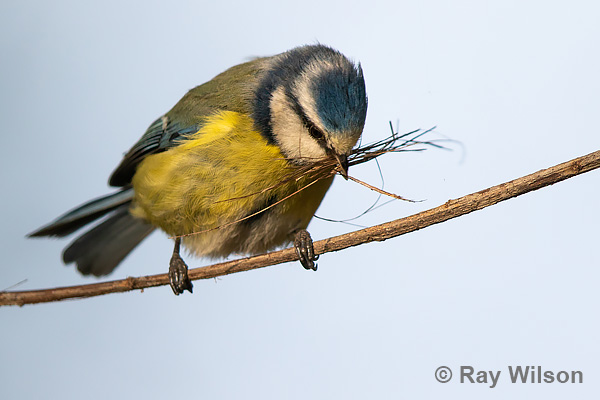
Blue Tit (Cyanistes caeruleus) collecting nesting material
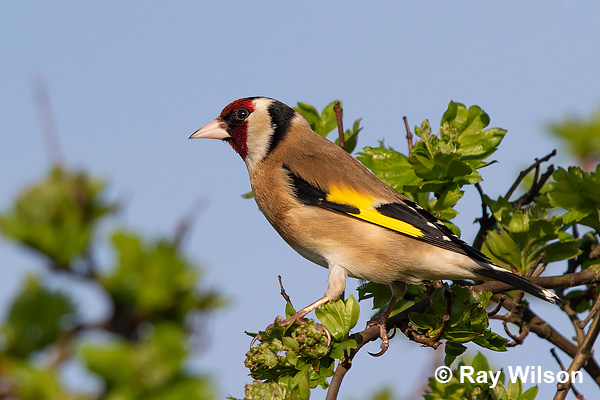
European Goldfinch (Carduelis cardulelis)
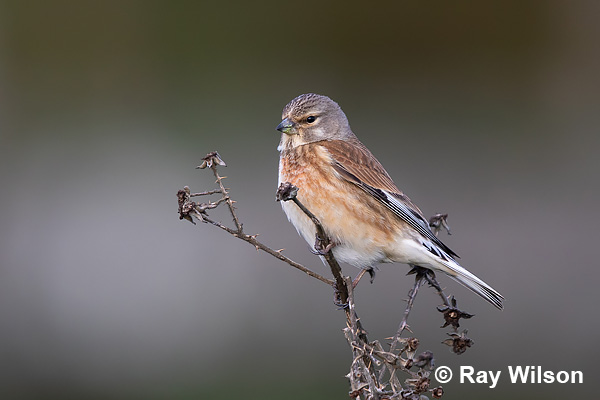
Common Linnet (Carduelis cannabina)
Linnets are not very common at Attenborough Reserve itself but they can usually be found at the south end in the scrub between the Sailing Club and Long Eaton Gravel Pits.
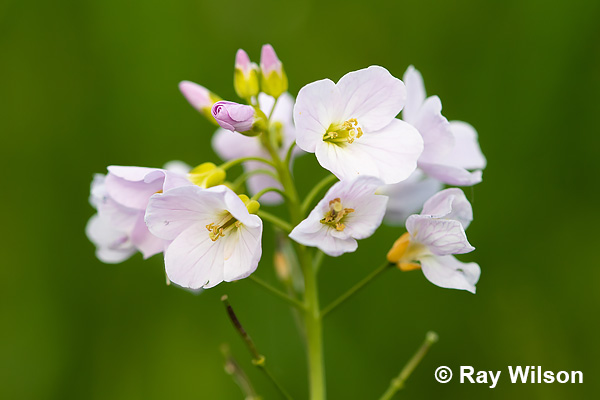
Cuckooflower / Lady's Smock (Cardamine pratensis)
With the weather warming up (briefly!) and the days getting longer, many of the spring flowers started blooming...
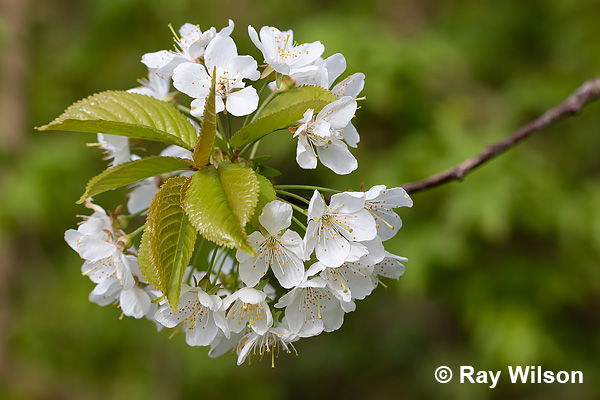
Wild Cherry (Prunus avium)
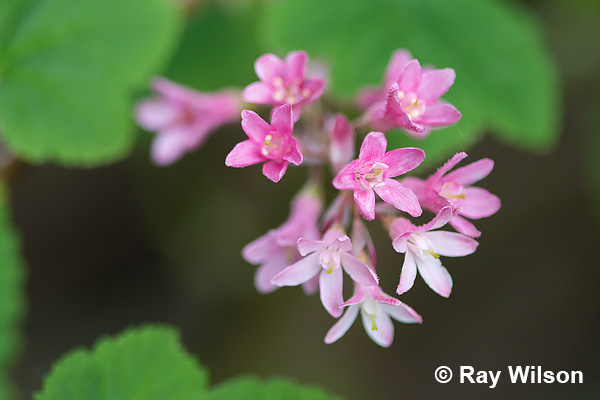
Flowering Current (Ribes sanguineum)
Flowering Currant is a native of North America. It is widely naturalised (probably from garden escapes) around the UK.
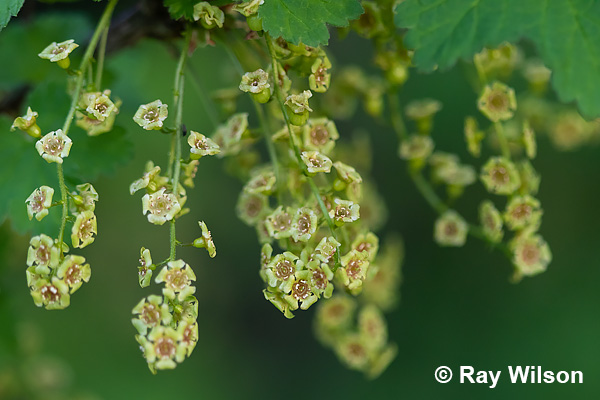
Red Currant (Ribes rubrum)
The flowers of the native Red Currant are nowhere near as pretty and are easily overlooked.
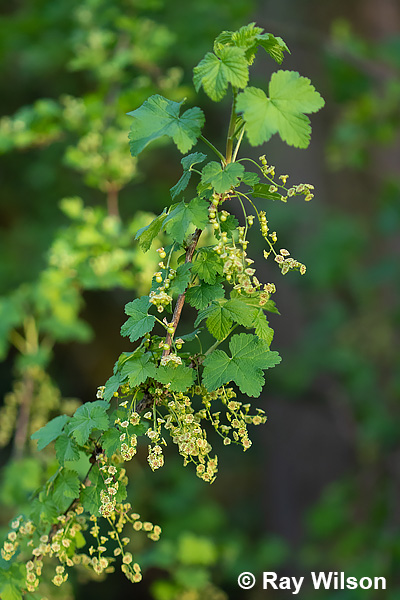
Red Currant (Ribes rubrus) |
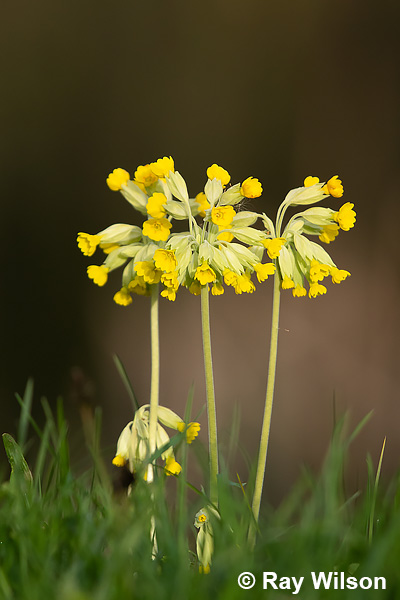
Cowslip (Primula veris) |
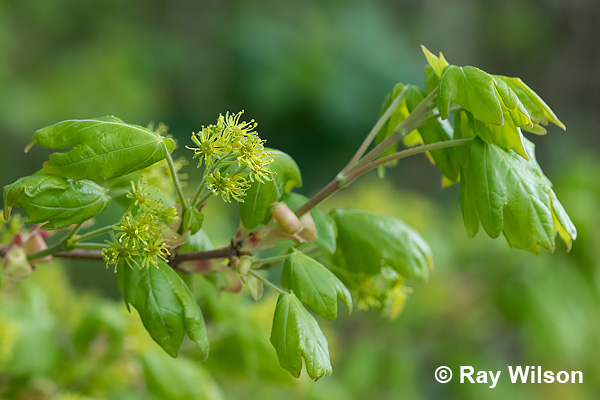
Field Maple (Acer campestre)
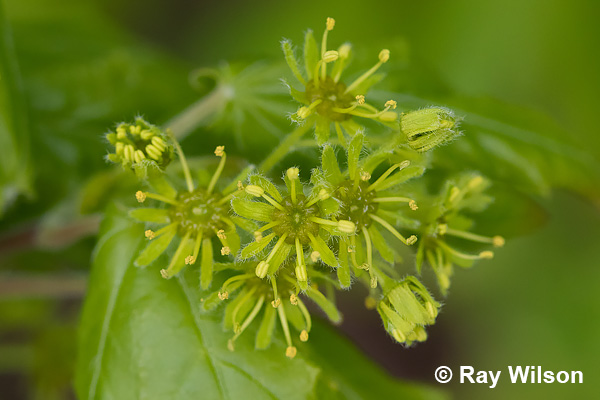
Field Maple (Acer campestre)
Ray Wilson owns the copyright of all images on this site.
They may not be used or copied in any form without prior written permission.
raywilsonphotography@googlemail.com
